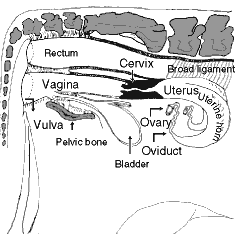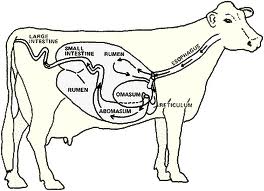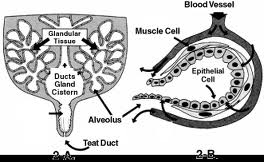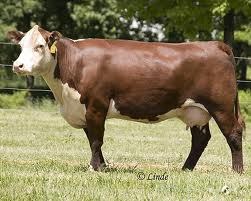Basic knowledge about dairy
Endometritis or whites is defined as the presence of pus in a vaginal discharge 21 days or more after calving, typically about 15 per cent of cows are affected, says XL Veterinary Group.
Variation can be a major issue on large dairy herds in the Western US. Too much variation is definitely bad, leading to fluctuations in production and health disorders, claims reserach by W.K. Sanchez, Ph.D., J. Mikus, Ph.D., and W. C. Stone, DVM, Ph.D. Diamond V Technical Services and Field Research. This feature was taken from the proceedings of the High Plains Dairy Conference. A full link to the proceedings is provided below.
Knowing behavior patterns, especially of bulls, may help reduce injuries and might possibly save your life. Reading behavior can also help you improve care.
J. E. Umphrey and C. R. Staples
The dairy cow is a magnificent producer of food. In approximately 10 months, a good cow can produce 496 pounds of protein, 784 pounds of energy in the form of the sugar lactose, 560 pounds of fat, and 112 pounds of minerals all in 16,000 pounds of milk. This is enough protein to supply the needs of a man for nearly 10 years, enough energy for 5 years, and enough calcium for 30 years.
The supply of high quality feedstuffs to the cow's highly complex digestive system helps accomplish this wonderful feat. An understanding of this digestive system is a must for making intelligent feeding decisions.



























